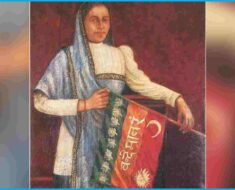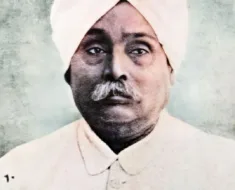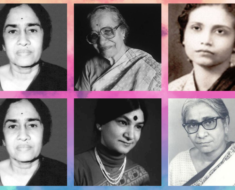Indian Scientists have made many contributions in the fields of Science and Technology. India is known to have produced some of the best minds in the world who have literally transformed our lives. The contribution of these extraordinary individuals has surely made not only our country but the world a better place.
Here is a list of 12 famous Indian Scientists who transformed our lives and made the world a better place with their discoveries and inventions.
1. C.V. Raman – Indian Nobel laureate
Nobel Prize laureate Chandrasekhara Venkata Raman was one of the most respected and celebrated physicists in the country known for his work in the field of light scattering. He was India’s most admired scientist.
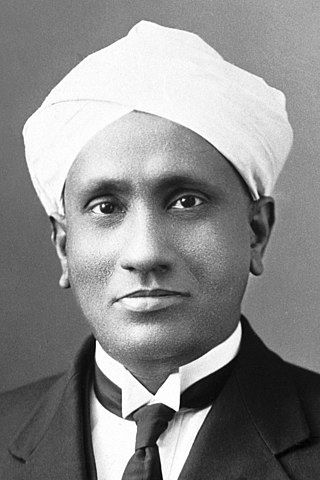
Sir C.V. Raman was born on 7th November 1888 in Tiruchirapalli, Madras Presidency now Trichy, Tamil Nadu, India.
Sir C.V. Raman conducted many experiments in 1928 with his student KS Krishnan while working in the Indian Association for the Cultivation of Science (IACS). And together they led to the discovery of the “Raman Effect“.
He won Nobel Prize in Physics in 1930 and was the first Asian to receive a Nobel Prize in any branch of science.
C.V Raman’s experiments with the scattering of light eventually led to the development of Raman Spectroscopy.
He was honored with Bharat Ratna the highest civilian award in India in 1954.
He died on 21 November 1970 at the age of 82. He willed his wife to perform a simple cremation without any rituals upon his death.
The Indian Postal Service published a commemorative stamp of Sir C V Raman with the reading of his spectroscopy and a diamond in the background on his first death anniversary.
2. M. Visvesvaraya – Father of Modern Mysore State
Sir Mokshagundam Visvesvaraya was one of the most notable Indian civil engineers and the Diwan of Mysore from 1912 to 1918. He was born on 15 September 1860 at Muddenahalli, Kingdom of Mysore (present-day Chikkaballapura district, Karnataka)
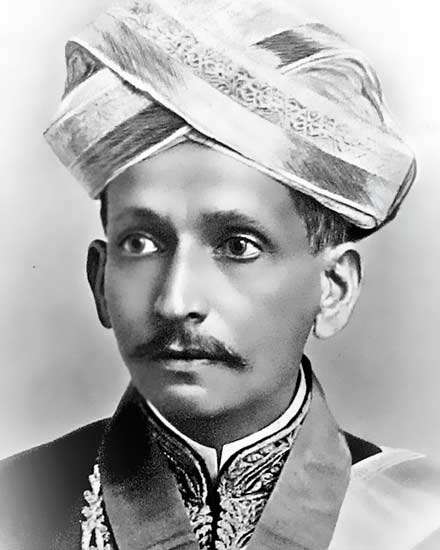
He has the credit of inventing ‘automatic sluice gates’ and ‘block irrigation systems’ which are still considered to be marvels in engineering. Since river beds were costly, he came up with an efficient way of filtering water through Collector Wells in 1895 which was rarely seen anywhere in the world.
He was knighted as the Commander of the Order of the Indian Empire (KCIE) by the British for his work and contribution to society in 1915.
Visvesvaraya established Government Engineering College in Bengaluru in 1917 which was later named University Visvesvaraya College of Engineering in his honour.
He was awarded the Bharat Ratana India’s highest honor, in 1955 and is also known as the “Father of Modern Mysore State”
He died on 14 April 1962 at the age of 102 years old. Every year his birthday 15 September is celebrated as Engineer’s Day in India, Sri Lanka, and Tanzania.
3. Prafulla Chandra Ray – Father of Indian Chemistry
Sir Prafulla Chandra Ray is known as the Father of Indian Chemistry. He was a prominent and much-celebrated Indian Scientist, educationist, historian, industrialist, and philanthropist.

He was born on 2 August 1861 in the village Raruli-Katipara situated in the Bengal Presidency of British India (now in Bangladesh).
He discovered the stable compound Mercurous Nitrite in 1895 which earned him fame and recognition within the scientific community.
Ray was the founder of Bengal Chemicals & Pharmaceuticals, India’s first pharmaceutical company.
The British Government first honored him with the imperial title of Companion of the Indian Empire and then with the Knighthood in 1919. He was elected General President of the Indian Science Congress in 1920.
He was a true nationalist and the British government records of that time mention him as a “Revolutionary in the garb of a Scientist”.
P C Ray published the first volume of ‘A History of Hindu Chemistry from the Earliest Times to the Middle of the Sixteenth Century’ in 1902 and the second volume in 1909.
His work was the result of many years of searching through ancient Sanskrit manuscripts and through the works of Orientalists and is much appreciated by academicians and scholars.
Sir Prafulla Chandra Ray, at the age of 82, passed away on June 16, 1944, at his residence in Calcutta.
Read More: Bhikaiji Cama: The First Lady to Hoist India’s Flag on Foreign Soil
4. Homi Bhabha – Architect of India’s Nuclear Energy Program
Homi Jehangir Bhabha was the principal architect of India’s nuclear energy program. He was a prominent Indian scientist and is considered the father of the Indian nuclear program.
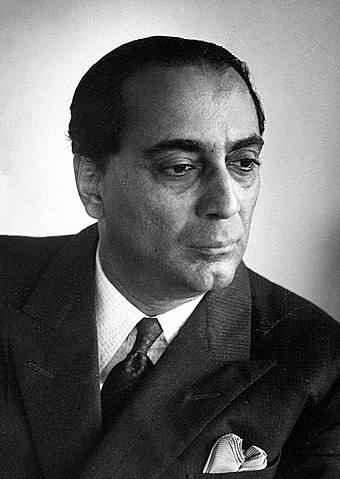
He was born in Bombay (Now Mumbai) on 30 October 1909 into a well-known wealthy Parsi family.
Homi Bhabha published his first scientific paper “The Absorption of Cosmic Radiation” in 1933 which helped him to win the Isaac Newton Studentship in 1934.
He completed his doctoral studies in theoretical physics under Ralph H. Fowler in 1935.
Homi Bhabha was the founding director of the Tata Institute of Fundamental Research (TIFR) in 1945 in Bombay.
He also served as the first chairman of the Atomic Energy Establishment in 1948.
Atomic Energy Establishment was later renamed Bhabha Atomic Research Centre (BARC) by then Prime Minister Indira Gandhi in his memory.
In 1954 for his outstanding contributions to nuclear science, he was conferred with the Padma Bhushan award.
On January 24, 1966, Homi Bhabha died in the Air India Flight 101 crash near Mont Blanc, while heading to Vienna, Austria to attend a meeting of the International Atomic Energy Agency’s Scientific Advisory Committee.
5. Jagadish Chandra Bose – Father of Radio Science
Sir Jagadish Chandra Bose, the father of radio and wireless communication was an Indian plant physiologist, physicist, and botanist.

He was born in a Bengali family to parents Bama Sundari Bose and Bhagawan Chandra Bose on November 30, 1858, in Munsiganj (Bikrampur), Bengal Presidency (now in Bangladesh).
He made progress in his research into radio waves in the microwave spectrum and was the first to use semiconductor junctions to detect radio waves.
Sir JC Bose was the first person to prove that plants also have the ability to feel pain and affection. He invented Crescograph a device for measuring the growth of plants.
In 1903 he was made Companion of the Order of the Indian Empire and Companion of the Order of the Star of India in 1912 in recognition of his contributions to science.
In 1917 he founded Bose Institute, a premier research institute in India and the institute was the first interdisciplinary research center in Asia.
IEEE named him one of the fathers of radio science.
A polymath and a great Indian Scientist Acharaya Jagadish Chandra Bose took his last breath on November 23, 1937.
6. Satyendra Nath Bose
Satyendra Nath Bose best known for his work on quantum mechanics was an Indian scientist, physicist, and mathematician.
He served on many research and development committees in India, a polymath who had interests in different fields including chemistry, biology, mineralogy, philosophy, arts, literature, and music.
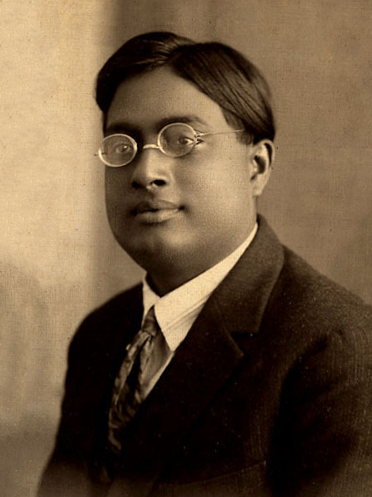
He sent this paper in a letter to Albert Einstein in Germany. Realizing the importance of this paper, Einstein translated it into German and published it on Bose’s behalf in a prestigious German journal. The paper was named “Planck’s Law and Hypothesis of Light Quanta”
Bose was able to work for two years in European X-ray and crystallography laboratories, during which he worked with Louis de Broglie, Marie Curie, and Einstein
He is best known for his work on quantum mechanics in the early 1920s, in developing the foundation for Bose statistics and the theory of the Bose condensate.
Paul Dirac named the class of particles that obey Bose statistics bosons.
The Government of India bestowed upon him the title of Padma Vibhushan in 1954 for his services towards science and research.
Rabindranath Tagore dedicated his only book on science, ‘Visva–Parichay,‘ to Satyendra Nath Bose in 1937.
7. Vikram Sarabhai – Father of the Indian Space Program
Vikram Ambalal Sarabhai the Father of the Indian Space Program was a great Indian scientist, physicist, and astronomer. Born on 12 August 1919 in Ahmedabad, Gujarat, it was Sarabhai who initiated the research in space science in India and also helped to develop nuclear power in India.
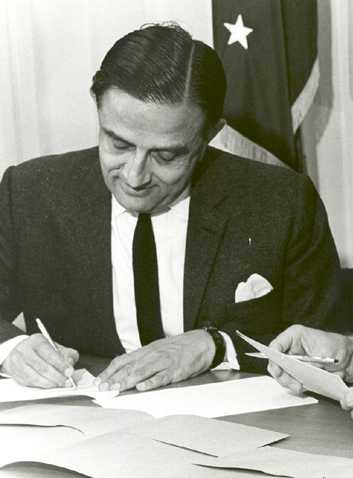
He founded the Indian Space Research Organization (ISRO) in 1962. It was under his leadership and guidance ISRO successfully launched India’s first satellite, Aryabhata in 1975.
He served as the President of the United Nations Conference on the Exploration and Peaceful Uses of Outer Space.
On 30 December 1971, Sarabhai died at the age of 52 due to cardiac arrest in Trivandrum.
He was honored with Padma Bhushan in 1966 and the Padma Vibhushan (posthumously) in 1972.
ISRO announced Vikram Sarabhai Journalism Award in Space Science Technology and Research on his 100th birthday on August 12, 2019, as a tribute to his contributions.
The lander on India’s lunar mission Chandrayaan-2 was named Vikram in his honor.
8. Meghnad Saha
Meghnad Saha was a renowned Indian astrophysicist who developed the Saha ionization equation, used to describe chemical and physical conditions in stars. He was born in 1893 in Shaoratoli, a village near Dhaka-Bikrampur, in the former Bengal Presidency of British India (now in Bangladesh).
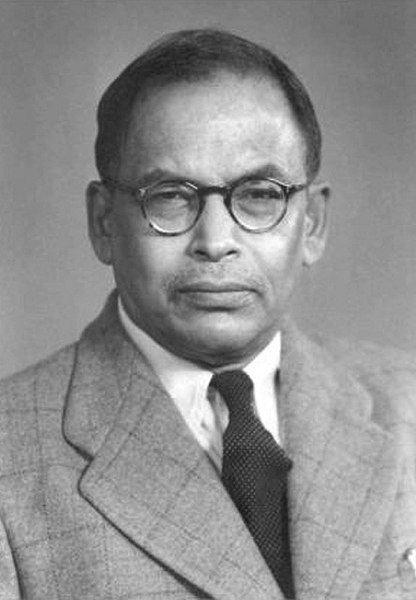
He came from a very humble background and had to face many hardships to study and caste-based discrimination from his fellow students.
Saha ionization equation allowed astronomers to accurately relate the spectral classes of stars to their actual temperatures. His work was soon extended by Ralph H. Fowler and Edward Arthur Milne.
He also invented an instrument to calculate the weight and pressure of solar rays and played a very important role in establishing institutes like the Institute of Nuclear Physics in Kolkata and the Physics Department at Allahabad University
Saha prepared the original plan for the Damodar Valley Project and was the chief architect of river planning in India
He was elected to the Parliament of India in 1952 from Kolkata.
Saha died of cardiac arrest when he was on his way to the office of the Planning Commission in Rashtrapati Bhavan on 16 February 1956.
Read More: Sarojini Naidu – ‘The Nightingale of India’
9. Birbal Sahani
Birbal Sahni was an eminent Indian paleobotanist who studied the fossils of the Indian subcontinent. He also took an interest in geology and archaeology. He was born on 14 November 1891 in Bhera, Shahpur District, in today’s Pakistani Punjab.
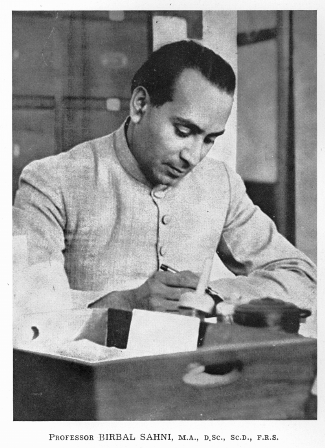
He was the third child of Ishwar Devi and the pioneer Indian meteorologist and scientist Lala Ruchi Ram Sahni who lived in Lahore.
He founded the Institute of Palaeobotany which was later renamed the Birbal Sahni Institute of Palaeobotany in his honor.
In 1936 he became the first Indian botanist to be elected as a Fellow of the Royal Society of London (FRS), the highest British scientific honor. Sahni was elected as an Honorary Member of the American Academy of Arts and Sciences in 1948.
He accepted the post of Secretary to the Ministry of Education in 1947 at the request of Maulana Abul Kalam Azad.
Sahni succumbed to a heart attack and died on 10 April 1949. A bust of Sahni is placed in the Geological Survey of India in Calcutta. The Birbal Sahni Gold Medal for students of botany was instituted in his memory.
10. P C Mahalanobis – Father of Modern Statistics in India
Prasanta Chandra Mahalanobis is known as the Father of Modern Statistics in India and was an esteemed Indian scientist and statistician. He is well known for his key role in formulating India’s strategy for industrialization in the Second Five-Year Plan (1956-61).
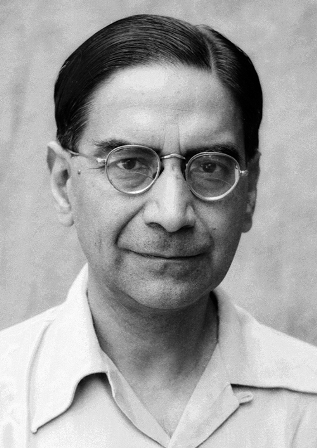
He was born on June 29, 1893, in Calcutta and is best remembered for the Mahalanobis distance, a statistical measure, which he discovered during the studies of anthropometric measurements of Anglo-Indians in Calcutta.
Mahalanobis made many pioneering studies in anthropometry in India and contributed to the design of large-scale sample surveys. He founded the Indian Statistical Institute at Baranagar, Calcutta
The government of India in 2006 marked, 29 June, as “National Statistical Day” to celebrate his birthday.
Mahalanobis died on 28 June 1972, a day before his seventy-ninth birthday.
Even at this age, he was still active doing research work and discharging his duties as the secretary and director of the Indian Statistical Institute and as the honorary statistical advisor to the Cabinet of the Government of India.
On the occasion of his 125th birth anniversary, Indian Vice-President M Venkaiah Naidu released a commemorative coin at a program at ISI, Kolkata.
11. Venkatraman Radhakrishnan
Venkataraman Radhakrishnan was a renowned Indian space scientist and internationally acclaimed Astrophysicist. He was born on May 18, 1929, in Tondiarpet, a suburb of Madras, to Nobel laureate physicist Sir Chandrasekhara Venkata Raman and his wife Lokasundari Ammal.
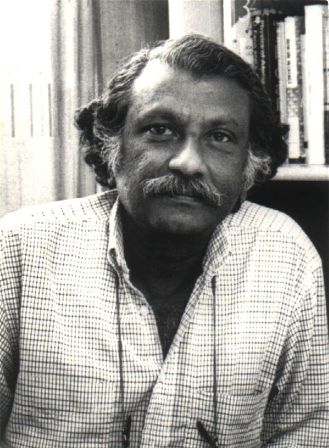
He was also a Foreign Fellow of both the Royal Swedish Academy of Sciences and the U.S. National Academy of Sciences.
Radhakrishnan remained vice president of the International Astronomical Union during 1988–1994 and served on various committees in various capacities.
He was an Associate of the Royal Astronomical Society and a Fellow of the Indian Academy of Sciences, Bangalore.
He carried out detailed surveys on the intergalactic space map, besides studying a huge variety of pulsars and his work made him one of the world’s leading experts on pulsars.
He was the director of the Raman Research Institute in Bangalore from 1972 to 1994 and remained as professor emeritus until his death in 2011.
Venkatramana Radhakrishnan passed away due to cardiac complications, two months before his 83rd birthday, on 3 March 2011.
12. Dr. APJ Abdul Kalam – Missile Man of India
Dr. APJ Abdul Kalam was an Indian aerospace scientist and statesman who served as the 11th President of India. He was born on May 15, 1931, in Rameswaram, Tamil Nadu.
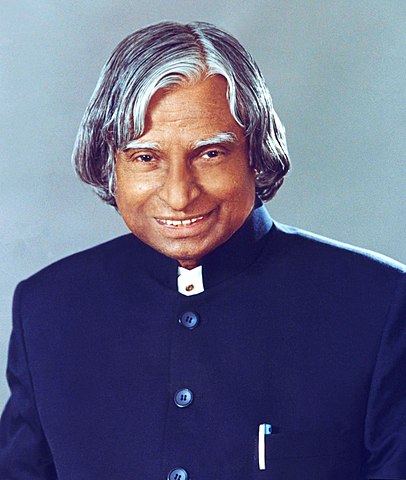
He was known as the Missile Man of India for his work on the development of ballistic missiles and launch vehicle technology.
He also played a pivotal organizational, technical, and political role in India’s Pokhran-II nuclear tests in 1998, the first since the original nuclear test by India in 1974
Dr. Kalam was referred to as the “People’s President” and was elected as the 11th president of India in 2002 with the support of both the ruling Bharatiya Janata Party and the then-opposition Indian National Congress.
He was a recipient of several prestigious awards, including the Bharat Ratna, India’s highest civilian honor.
Dr. Kalam on 27 July 2015 while delivering a lecture at the Indian Institute of Management Shillong, collapsed and died from an apparent cardiac at the age of 83.


